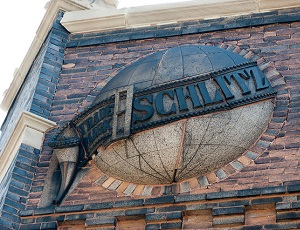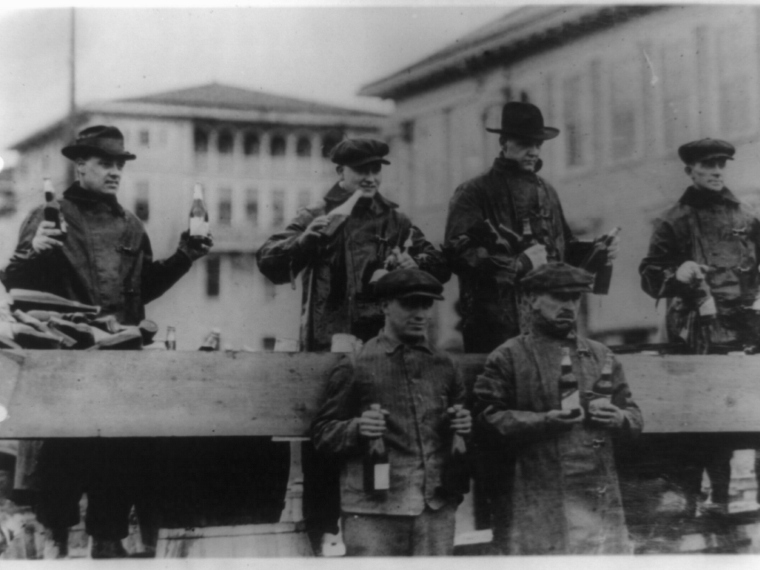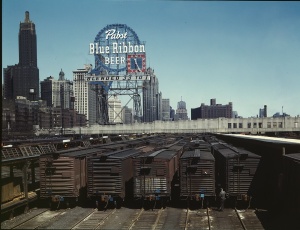The early 1900s saw hard times for Chicago brewers. Cutthroat competition from Milwaukee resulted in a very low keg price. Many saloons were financed by breweries in an exclusive agreement to sell only one brand of beer. Often this was one of Milwaukee’s breweries, such as Schlitz, with its famous "tied-houses.” The outside breweries also had the lead in the sale of the increasingly popular bottled beer.
Prohibition and temperance parties were gaining political power. The 18th Amendment went into effect in 1920. Beer with more than ½ percent alcohol was banned. Even before 1920, brewing was severely restricted by World War I food restrictions. Pleas to the federal government by the German-American brewers for permission to use food grains to brew beer did not go well during World War I.
Many breweries went out of business during Prohibition. Others did surprisingly well. According to The History of Beer and Brewing in Chicago, initially there were few Prohibition enforcement agents, while Chicagoans were as thirsty as ever. The remaining breweries were able to sell beer for as much as $58 a barrel. The price was a few dollars per barrel in pre-Prohibition days. The beer was brewed under the pretense of being near, or non-alcoholic, beer. Although well over half the price went to bribing various officials, a vast profit remained.
Mayor Dever, elected in 1923, was determined to eliminate the sale of alcohol. Federal agents also began to appear in Chicago. This drove the liquor trade underground and began the murderous bootlegging era when Chicago became synonymous with Tommy guns. Books about this era can be found with a catalog search for "Prohibition Chicago."
Chicagoans still liked beer, so the breweries licensed to produce near beer shipped their product to saloons that produced needle beer. The saloon keeper would use a hypodermic needle to inject pure alcohol through the bung hole of the wooden keg. The underworld also ran popup breweries in rented warehouses. They would brew a few batches of alcoholic beer, then move to a new location.
The end came on April 7, 1933 when 3.2 percent beer was declared non-intoxicating and thus legal to sell. Prohibition ended altogether on December 5, 1933. Speakeasies and breweries were legal again. However an Illinois law made it illegal to call a drinking place a saloon, marking the end of an era.
Chicago breweries sprang back to life, but were unable to keep up with the numerous technological changes in the industry. Canned and bottled beer became popular in the 1930s and 40s. The 1950s saw the change from wooden kegs to stainless steel kegs. The 1967 Census of Manufactures, available in the Government Publications Department, shows Milwaukee far in the lead. The five breweries in the Milwaukee Metropolitan Area shipped $346 million of product, while the Chicago Metropolitan Area’s five plants only shipped $34 million worth. Finally in 1978 the Peter Hand Brewery, the last large brewery in Chicago, closed.
Social conflict over beer continues. Voters and aldermen have voted much of Chicago dry and the liquor trade is tightly regulated by municipal ordinances. A few brewery structures remain such as the Schoenhofen Brewery. Chicago by the Pint documents how craft brewers are flourishing in the 21st Century.





Add a comment to: Beer, 1900-2014: Technology That Changed Chicago